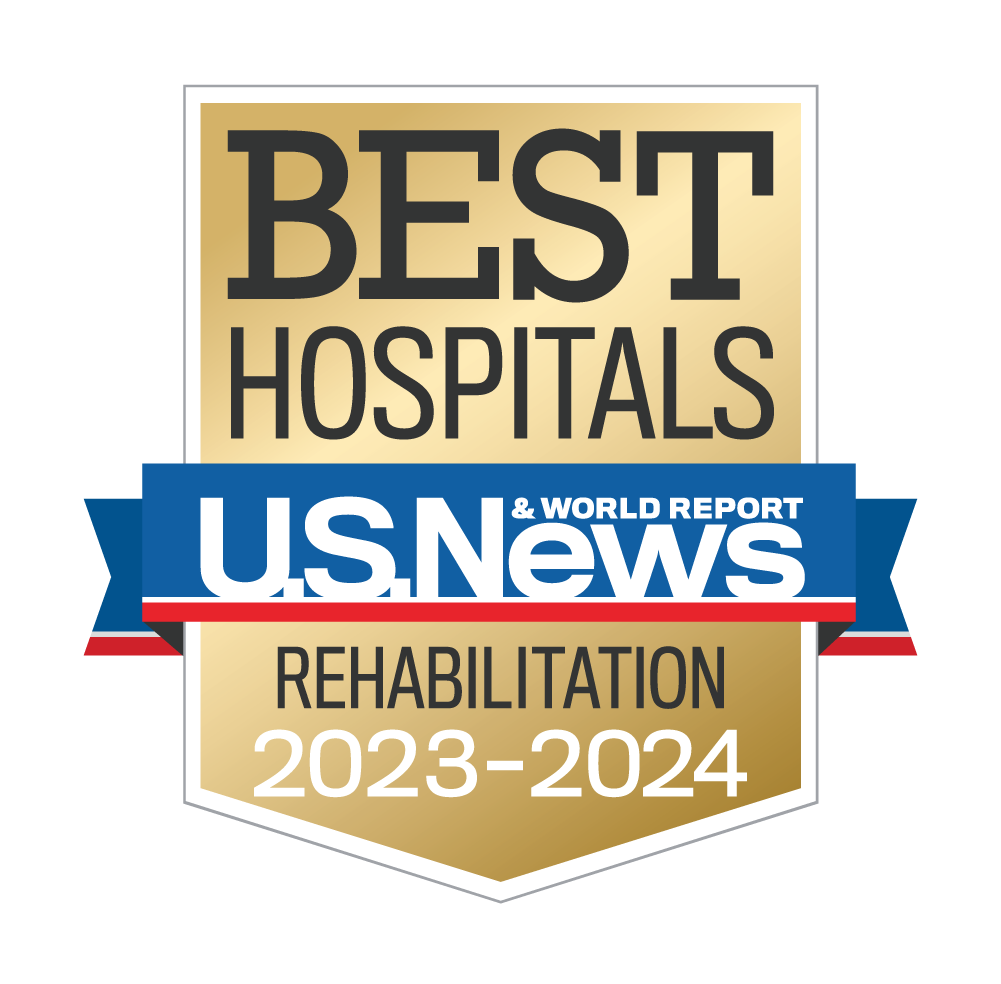Negative physician attitudes toward people with disabilities create barriers to health care for these individuals. Barriers can include withholding of standard medical and preventive care, provision of inferior treatment, and patient mistrust of the health care system. A systematic review of health care providers’ attitudes toward people with disabilities conducted in 2012 concluded that attitudes were generally favorable, but that that some students and health care providers experienced “discomfort or anxiety when challenged with the responsibility of treating a person with physical disabilities.” Thus, preparing medical students to care for people with disabilities is especially important.
Dr. Hearn developed an interactive introductory session for first- and second-year medical students on how to approach individuals with observable disability in clinical settings. In the session it is explored—through a combination of lecture, discussion, and patient perspective—how negative physician behavior can create health care barriers, as well as proposed a framework for approaching patients with disability. The interactive session is provided in two formats: (a) a slide deck with instructions that a presenter can use to deliver the session and (b) a stand-alone video introduction with reflective questions.
The session was initially evaluated by 151 first-year medical students, with 79% reporting either somewhat or much more comfort approaching individuals with disability following the session. The integration of patient and physician perspectives, as well as the use of reflective questions, provides the opportunity for students to actively explore reasons for provider discomfort with disability and delineate clinical setting strategies to approach patients with disability.
The materials for the interactive session include a slide deck, video, reflective questions, pre-session questions, and a post-session survey. The full publication and materials can be accessed through the link below:


